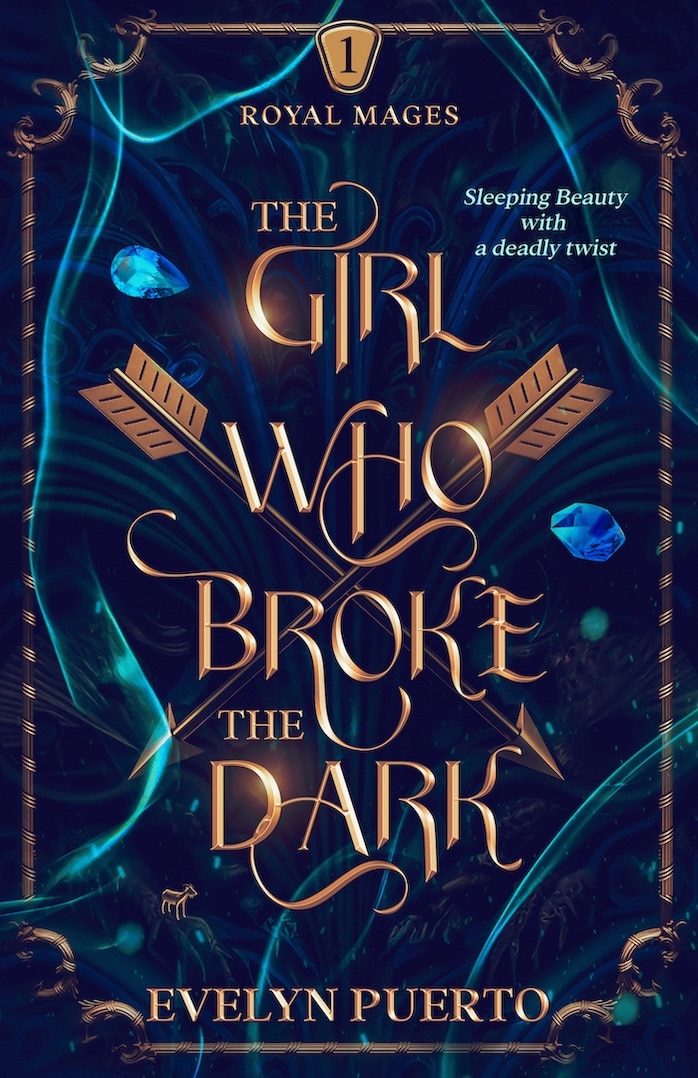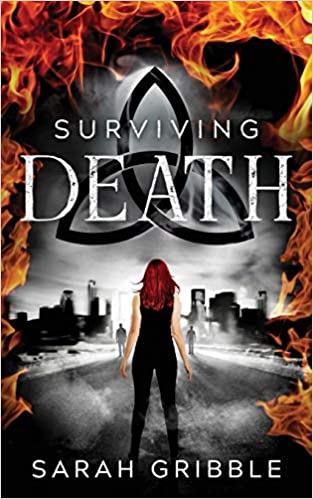
by Jeff Goins |
When I began my career as a writer, I struggled to find my voice. Whenever I tried to write, I would inevitably drift into the style of another author. Sure, I’d heard that “good artists borrow; great artists steal,” but I felt like a fraud. Little did I know, I wasn’t alone.
For a long time, I thought real writers were born with innate talent, some style that was just waiting to get onto the page. Turns out, that’s not true.
We find our voices by mimicking the voices of others. Great writers do not try to be original. They copy the work of the masters.
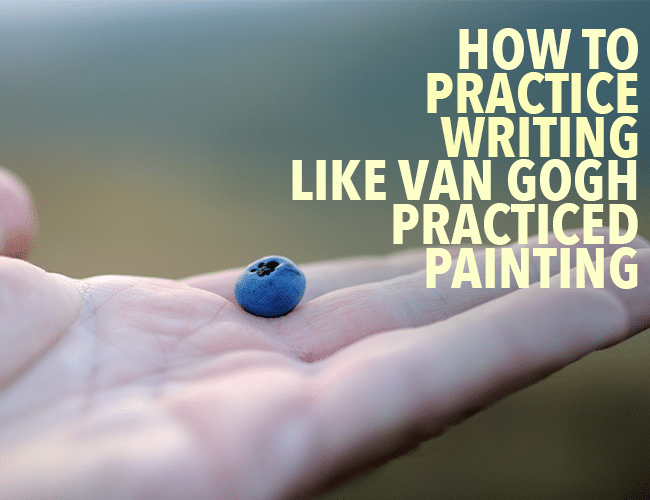
by Jeff Elkins |
Sometimes writing can feel like a race. We rush to finish the next manuscript or the next novel or the next short story. We try to be factories that churn out narratives that will sell. We jump from one project to the next because we’ve been told consumers demand a constant flow of new things to devour.
This race can be exhausting and discouraging. In the midst of it, we can lose sight of the fact that writing, like any art, is a craft that needs to be practiced to be perfected. There is value in slowing down, taking a break from larger works, and practicing small things.
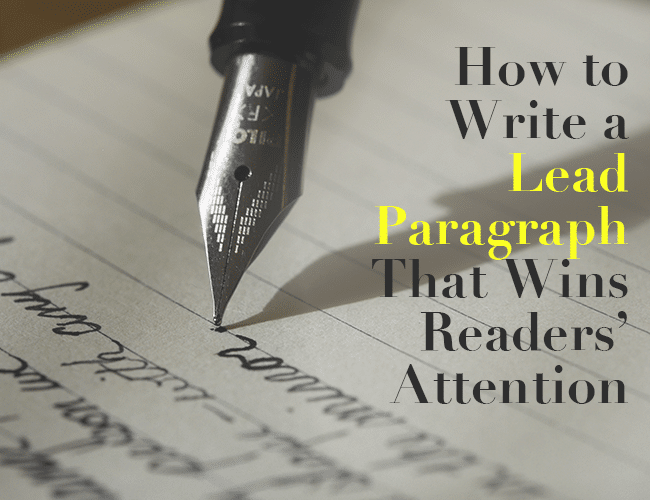
by Jeff Elkins |
You’ve spent countless hours pondering the plot, creating the characters’ voices, and building the perfect twist at the end that will leave readers speechless. Once everything is as good as you can make it, you publish your writing and wait. . . .
But no one reads your masterpiece.
Unfortunately, in our content-saturated age, if you don’t grab people by the throat, pull them in close, and yell, “Pay attention to me!” with your first paragraph, they won’t stick around to read the amazing story you’ve crafted. Here’s how to write an opening paragraph that will draw your readers in and keep them reading to the end.
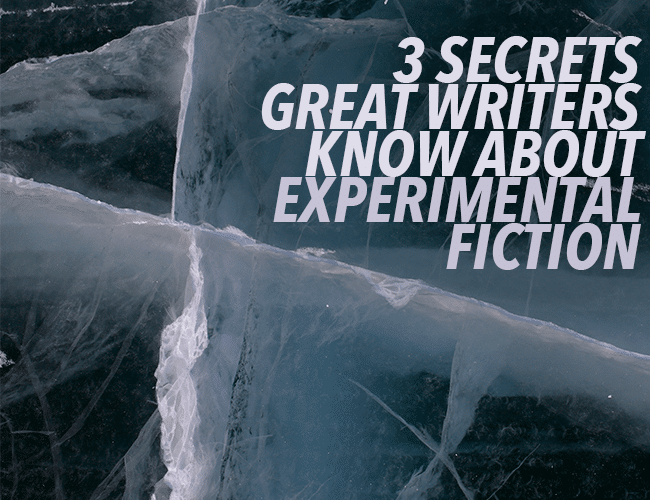
by Guest Blogger |
Nobody wants their writing to be described as “conventional” or “formulaic,” and in an effort to avoid such damning judgements, many young writers throw themselves past creative writing guides, the rules of writing, and all the catalogues of conventional wisdom, instead opting to carve their own path.
But before you follow suit and bend all the rules to write experimental fiction, there are a few things you need to know.
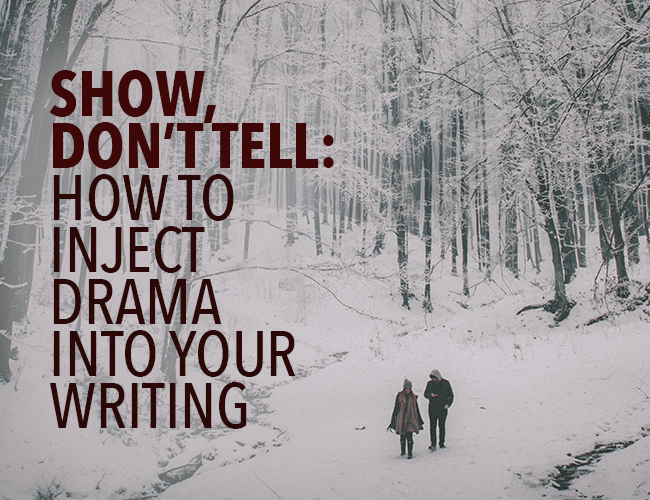
by Guest Blogger |
You’ve probably heard the age-old adage of “show, don’t tell” at least a thousand times in your writing career so far. It’s arguably one of the most-used writing tips about. Why then, is it also the one mistake most writers make over all others?
I heard “show, don’t tell” so many times, it became a useless mantra to chant, rather than put into action. I had no idea that by ignoring it, I was actually writing flat, monotonous narrative.
So, what does it mean to show and not tell? Well—it all comes down to drama.

by Ruthanne Reid |
See if these sound familiar:
A hand passed through my hair.
A foot slid past the puddle.
Her eyes flew across the kitchen.
Each of these shares the same problem: a severed body part stole the lead.






